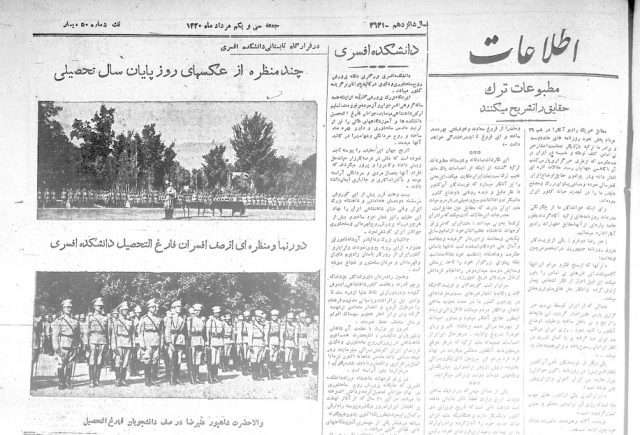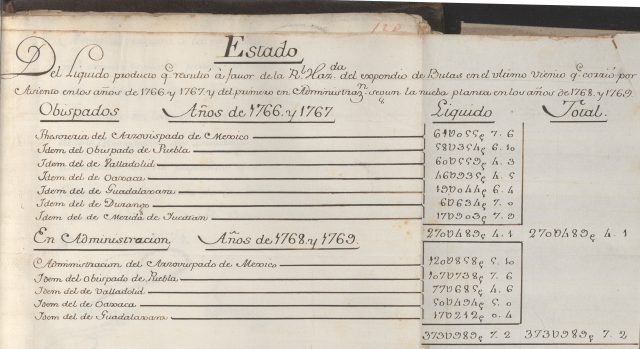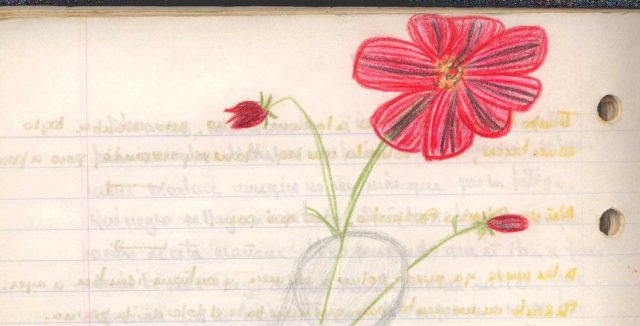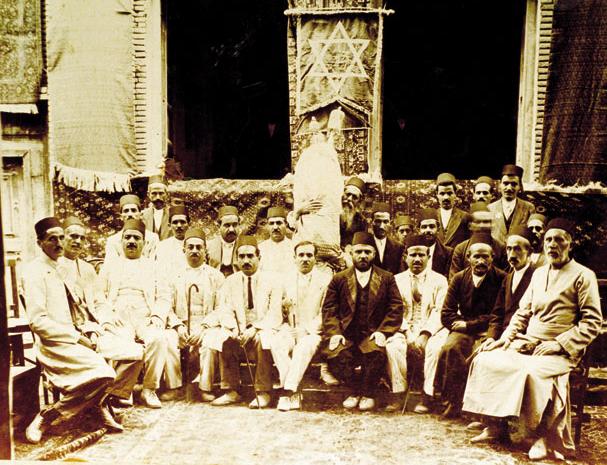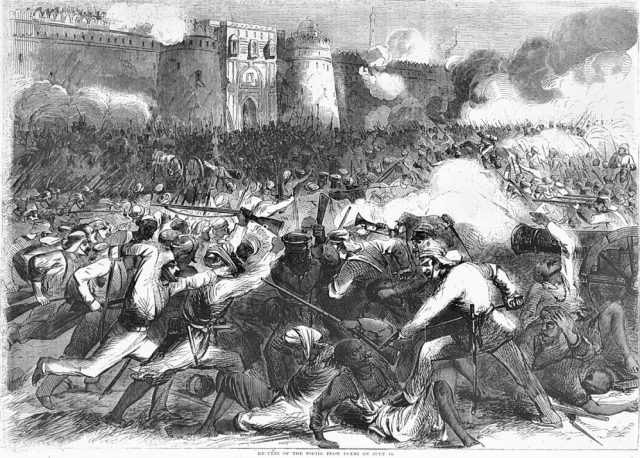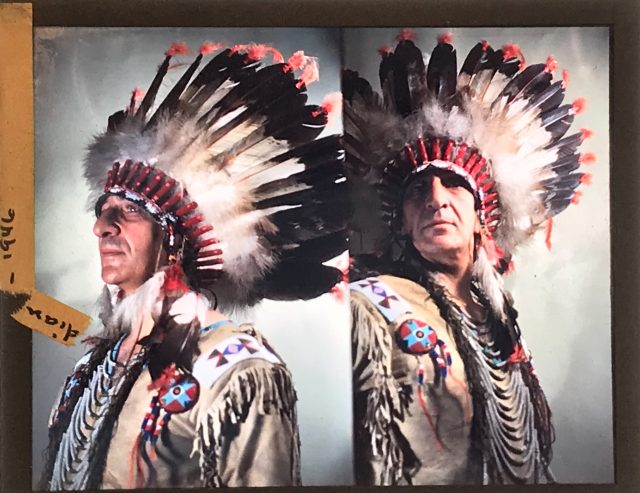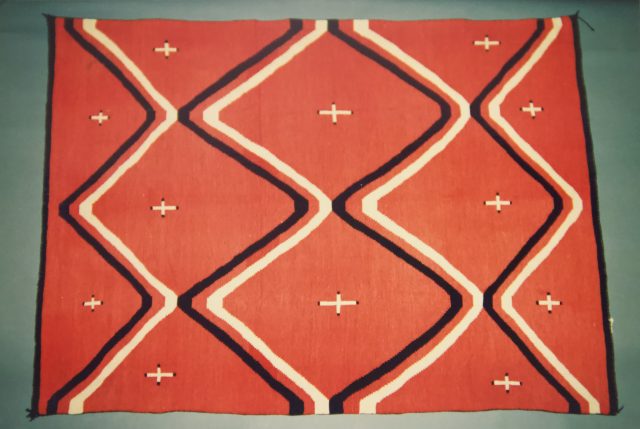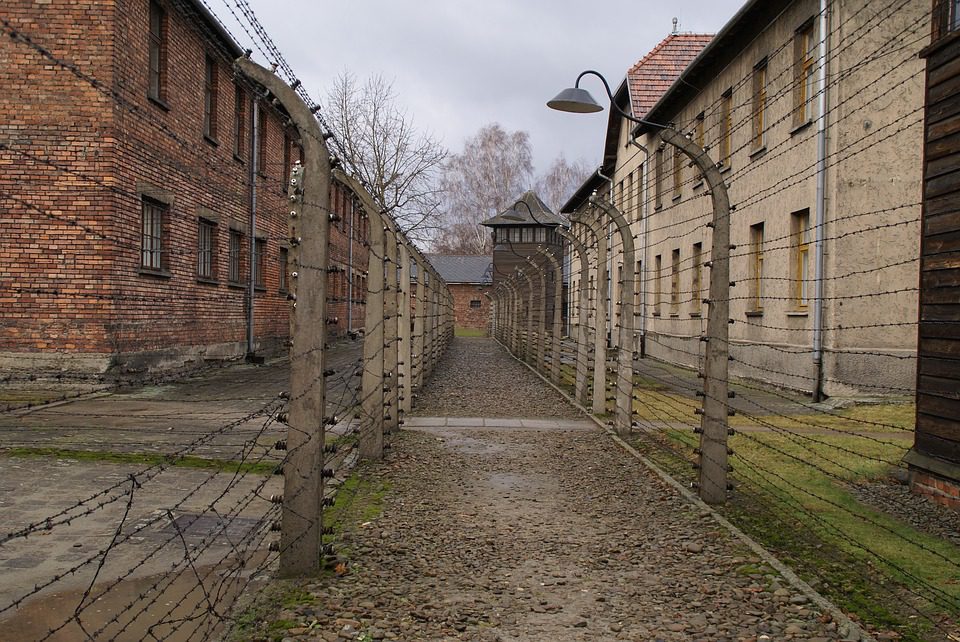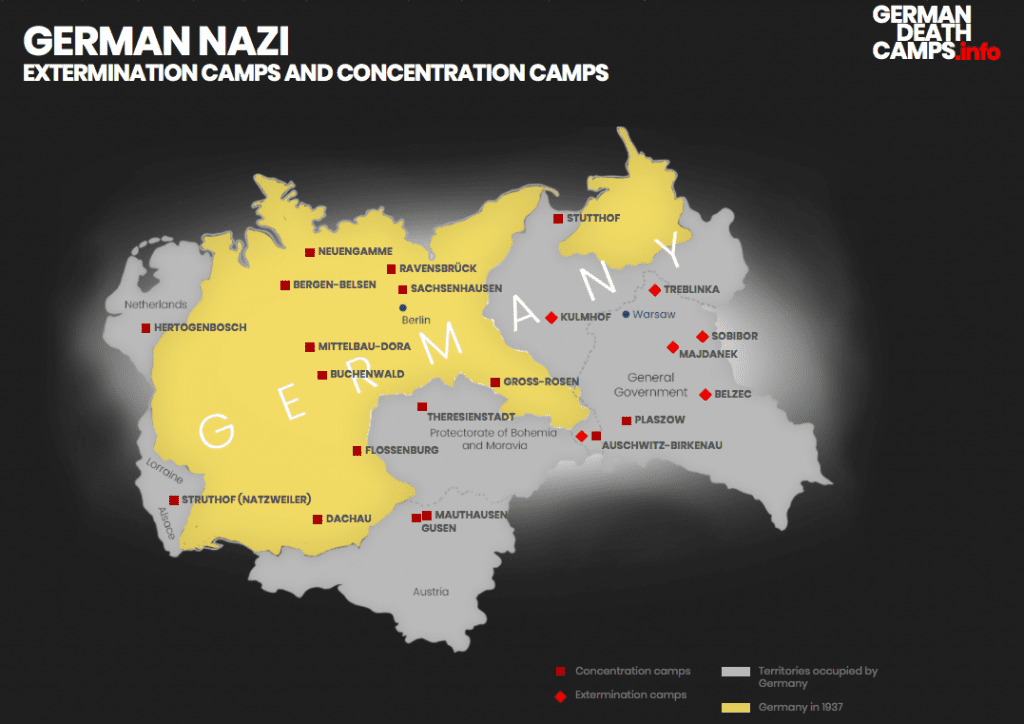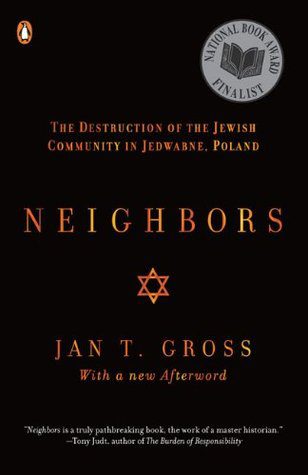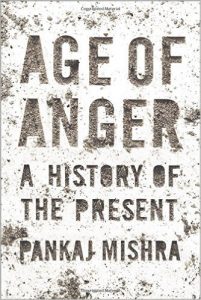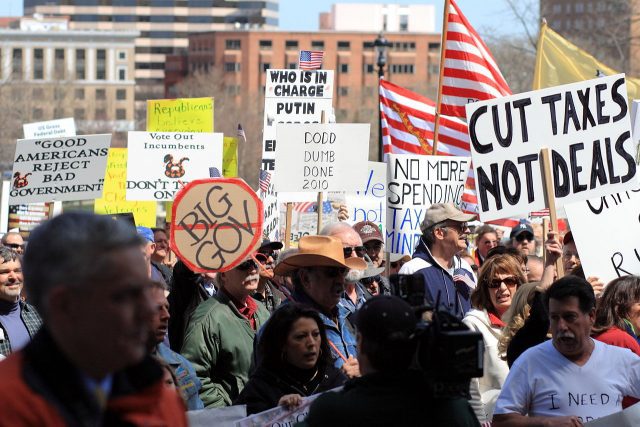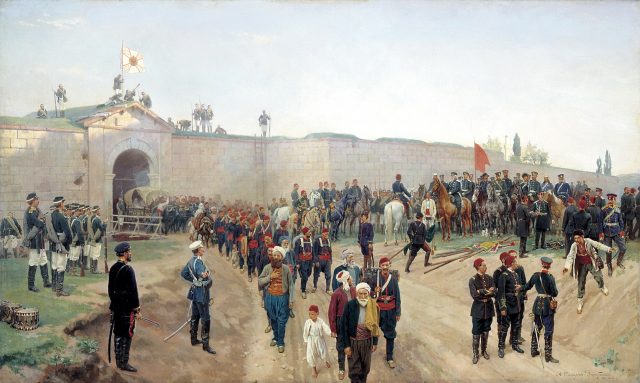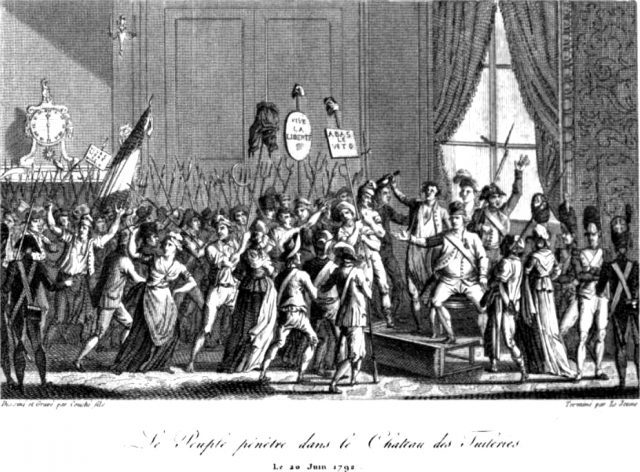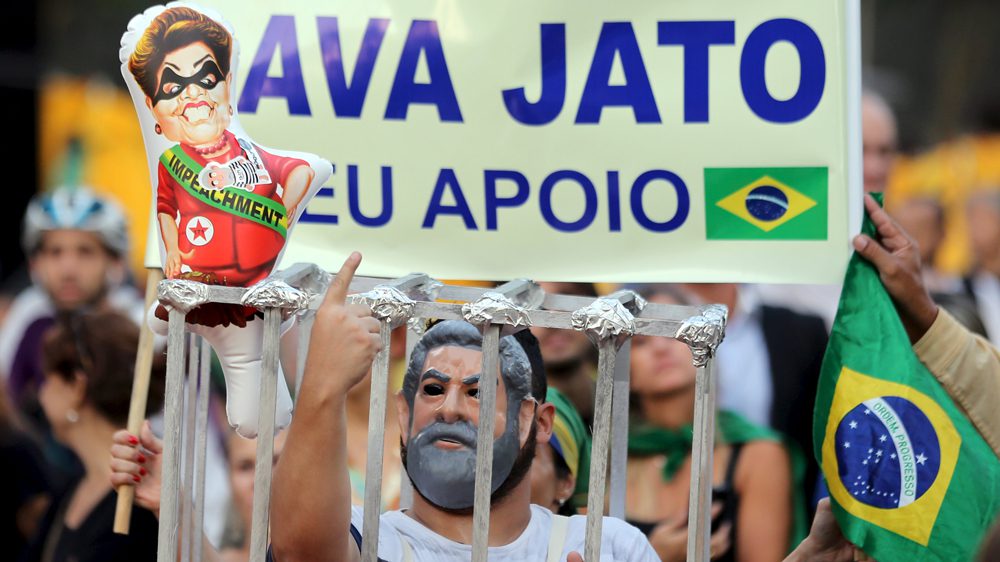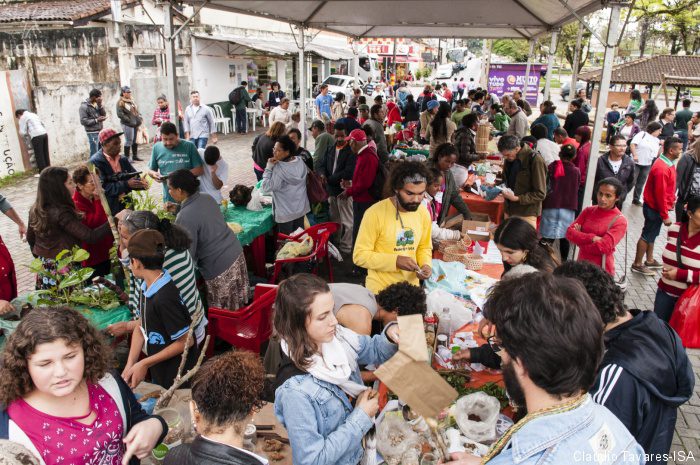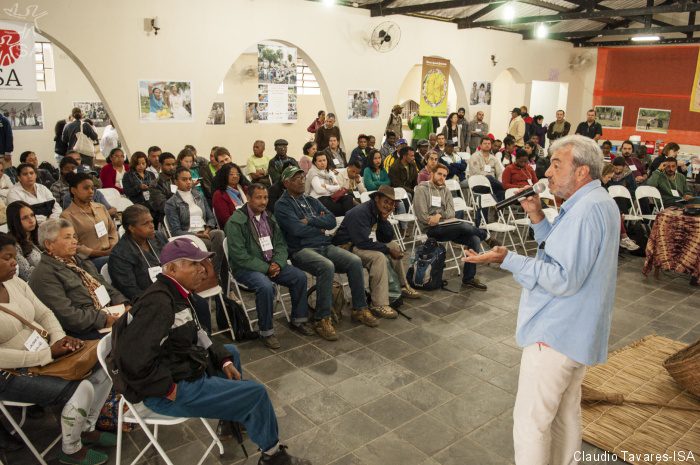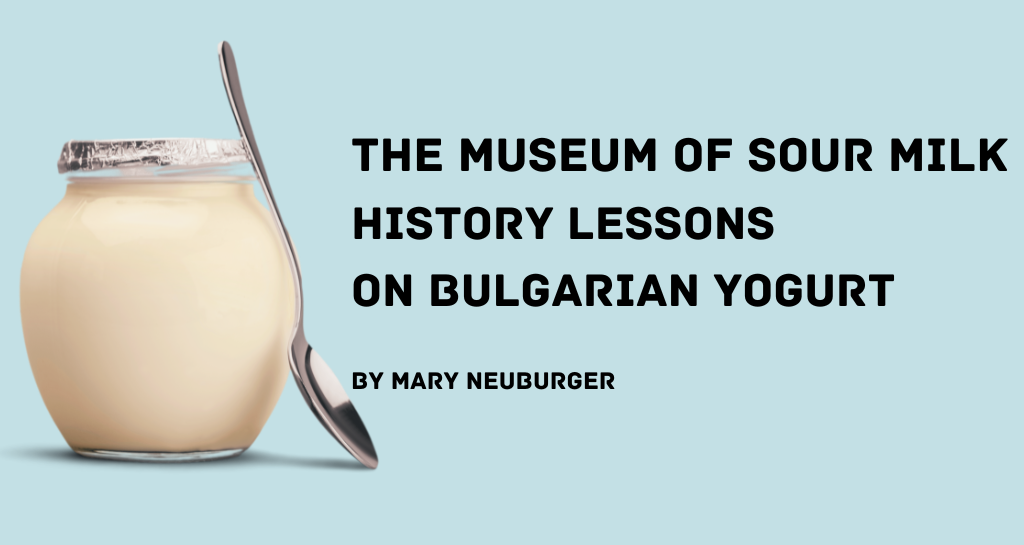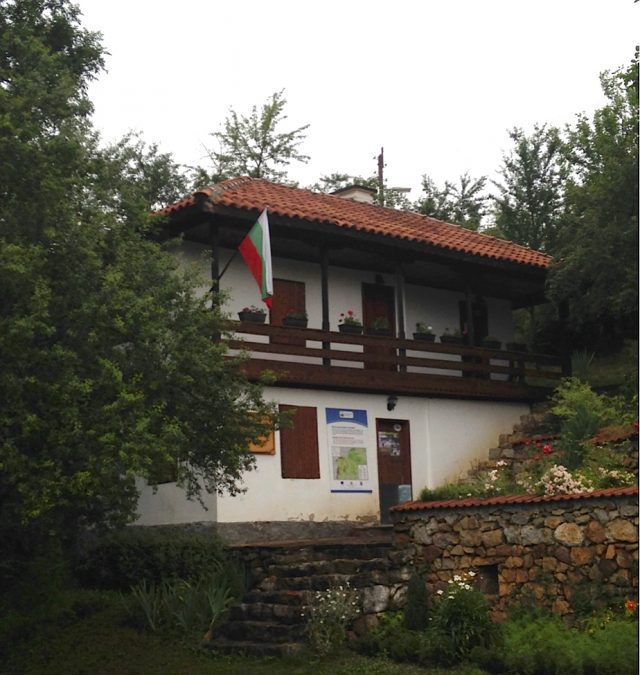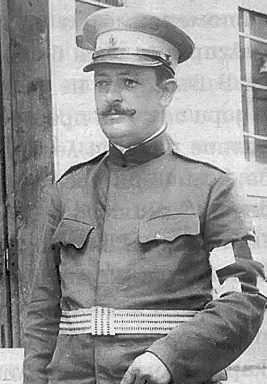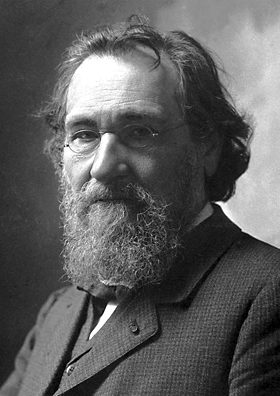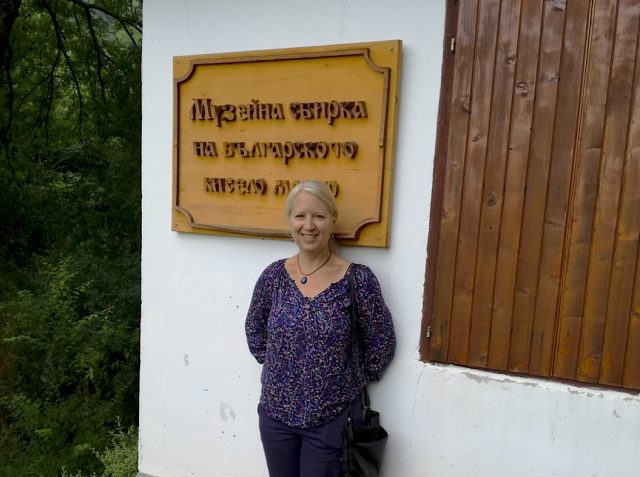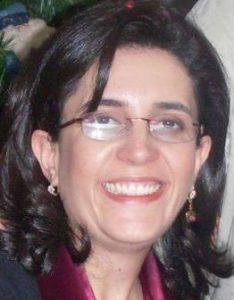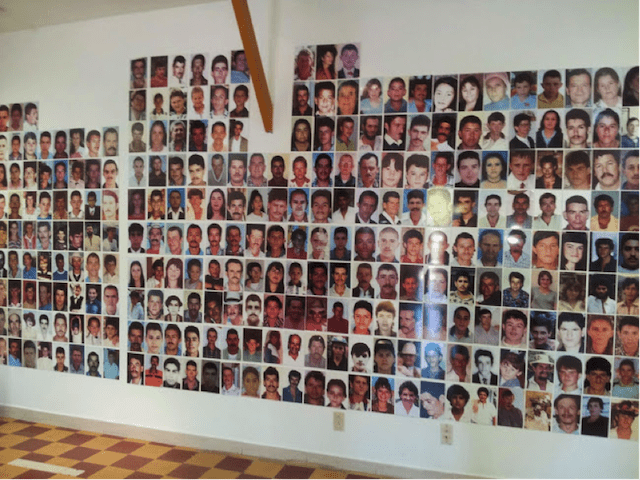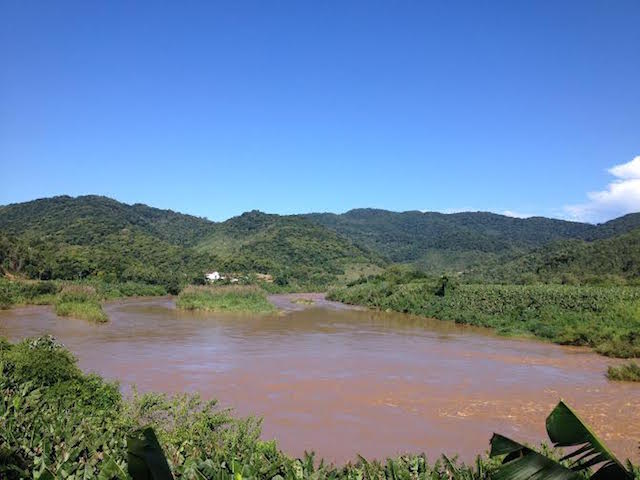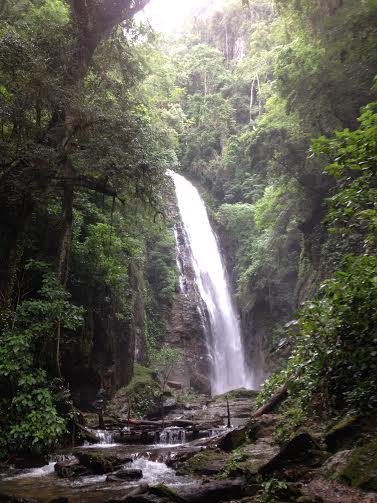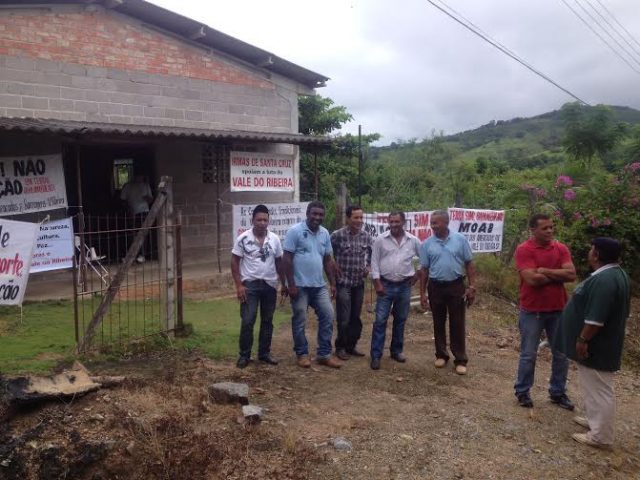Millions of tweets and millions of state documents. Intimate oral histories and international radio addresses. Ancient pottery and yesterday’s memes. Historians have access to this immense store of online material for doing research, but what else can we do with it? In Spring 2018, graduate students in the Public and Digital History Seminar at UT Austin experimented with ways to make interesting archival materials available and useful to the public; to anyone with access to a computer. Over the Summer, Not Even Past will feature each of these individual projects.
The Road to Sesame Street by Peter Kunze features government documents tracing the development of the Public Broadcast Act of 1967, the landmark legislation that established the Corporation for Public Broadcasting, PBS, and NPR. Using materials from the Lyndon B. Johnson Presidential Library in Austin, this project provides a behind-the-scenes view of the power players, interest groups, and decisions that laid the groundwork for American public media through digitized documents, blog posts, and lesson plans.
More on Kunze’s project and The Public Archive here.
You may also like:
Digital Teaching: Mapping Networks Across Avant-Garde Magazines by Meghan Forbes
Dorothy Parker Loved the Funnies by David Ochsner
Media and Politics From the Prague Spring Archive by Ian Goodale

